They affect your car’s handling, ride, braking and safety. But most people don’t give much thought to them.
Eighty-three percent of drivers aren’t “tire smart” (i.e., they don’t know how to properly check tire pressure), according to a 2015 survey from the Rubber Manufacturers Association (RMA).
You may be thinking, Tires haven’t changed since I bought my first set. Wrong! Since they carry you and your car around on the road, taking proper care of them is one of the most important safety factors that also happens to be the most overlooked. Here, we deflate the top five tire myths to make sure you know your way around on four wheels.
Myth #1: All Cars Come With Spare Tires
This used to be standard, but not anymore. For space-saving reasons and fuel efficiency, approximately one in three new cars don’t come with a spare tire in the trunk. Instead, you’ll get a “temporary mobility kit” with a tire sealant and a tire inflator or run-flat tires, says Maryland-based master mechanic and automotive radio show host, Pat Goss. If your tire is punctured, apply the sealant through the valve stem then use the inflator to re-inflate it, he explains. The downside? If the damage is more severe than a tiny hole (think nail size), the mobility kit probably isn’t going to cut it and you’ll have to be towed (GEICO’s mobile app makes it a cinch to request emergency roadside assistance.). Go check your trunk now, so you’re not surprised in an emergency.
Myth #2: The Correct Tire Pressure Is Listed On The Tire Sidewall
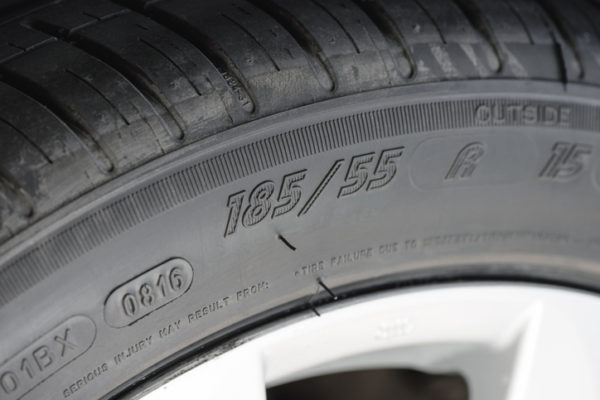 Half of all drivers believe this is where you should look to find out the ideal tire inflation pressure number. But these numbers actually tell you what size and kind of tire you have as well as the maximum cold inflation PSI the tire is rated for—not the recommended pressure for your vehicle. That information is actually listed on a label inside the vehicle’s driver-side door or in the owner’s manual.
Half of all drivers believe this is where you should look to find out the ideal tire inflation pressure number. But these numbers actually tell you what size and kind of tire you have as well as the maximum cold inflation PSI the tire is rated for—not the recommended pressure for your vehicle. That information is actually listed on a label inside the vehicle’s driver-side door or in the owner’s manual.
Myth #3: A Tire-Pressure Monitoring System (TPMS) Ensures That Your Tires Are Always Good To Go
A tire-pressure monitoring system electronically tracks and displays tire pressure via a gauge, pictogram display or a warning light on your vehicle’s dashboard. “These have lulled most drivers into believing that if the warning signal is off, everything is fine,” says Goss. Since a signal is only triggered when tires lose 25 percent of their inflation pressure (aka “dangerously low” tire pressure), you could be driving on tires that are underinflated enough to cause unnecessary wear, waste fuel and in some cases, decrease cornering ability while increasing stopping distances. Goss advises that you should check tire pressure every 30 days the old-fashioned way: manually, with a tire pressure gauge. (Need a refresher? Watch this quick how-to video on how to check your tire pressure.)
Myth #4: You Should Rotate Your Tires About Once A Year
 Not exactly. Tire rotation should be performed every 5,000 to 8,000 miles, which also coincides with the typical oil change recommendation. So the easiest way to ensure this happens is to get both done at the same time, says Goss. Another way to keep track? “Most cars today have dual trip meters, so you can set one trip meter to zero when the oil is changed or the tires are rotated and wait for it to reach the desired miles,” says Goss.
Not exactly. Tire rotation should be performed every 5,000 to 8,000 miles, which also coincides with the typical oil change recommendation. So the easiest way to ensure this happens is to get both done at the same time, says Goss. Another way to keep track? “Most cars today have dual trip meters, so you can set one trip meter to zero when the oil is changed or the tires are rotated and wait for it to reach the desired miles,” says Goss.
Myth #5: Never Continue Driving If You Experience A Flat
Run-flat tires—which let you keep driving after a puncture so you can make it to an auto shop—are becoming more popular. “Many manufacturers are using them because the additional cost of four run-flats is less than the cost of a spare tire, wheel and jack,” says Goss. Run-flats vary as to how far they can be driven and at what speed, but generally speaking they can be driven for up to 50 miles at a reduced speed (usually about 50 miles per hour), he explains. You can tell if your car has run-flats by looking inside the driver’s door, in your owner’s manual or checking the tire sidewall for one of the following codes: RFT, DSST, ROF, RFT, EMT, XRP, ZP or ZPS.
Have more tire questions? Here are 5 signs you need new tires.
Knowing your way around your tires is one thing, but being truly streetwise means having dependable insurance that won’t cost you an arm and a leg. Get a fast, free auto insurance quote from GEICO to see how much you could save.
By Nicole Cherie Jones

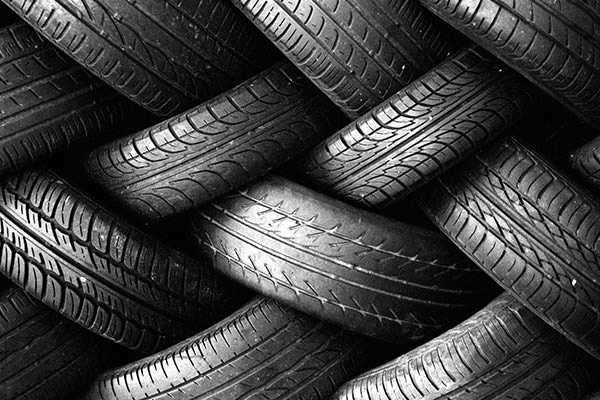


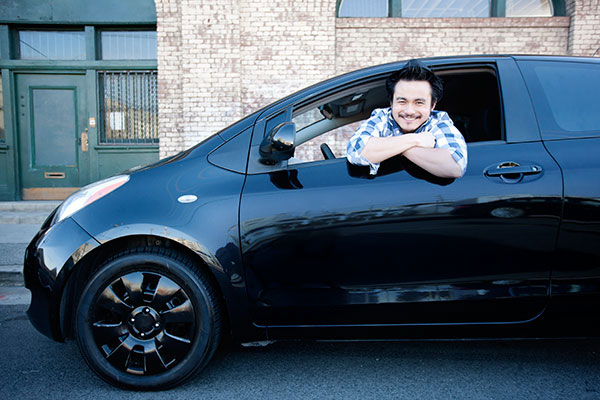
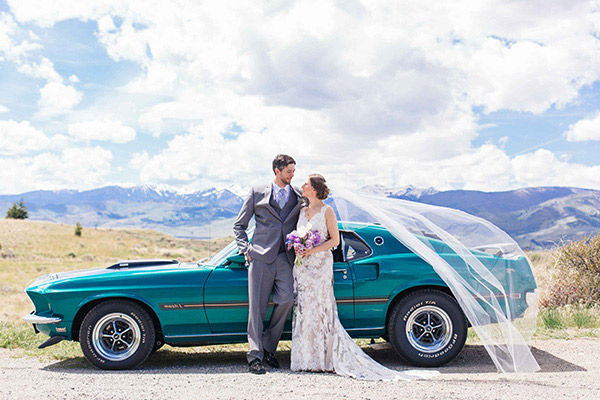
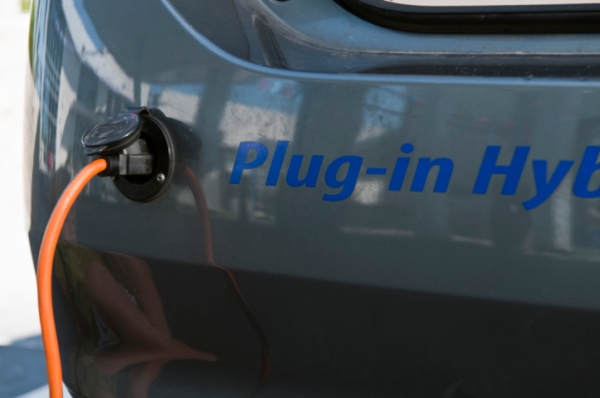
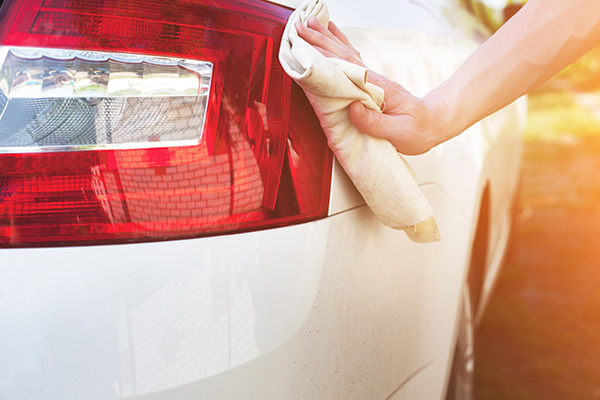
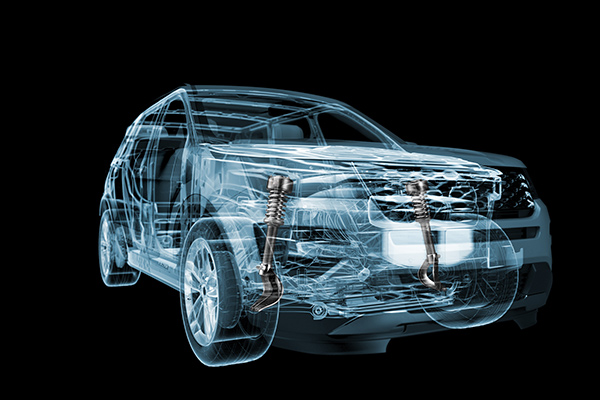
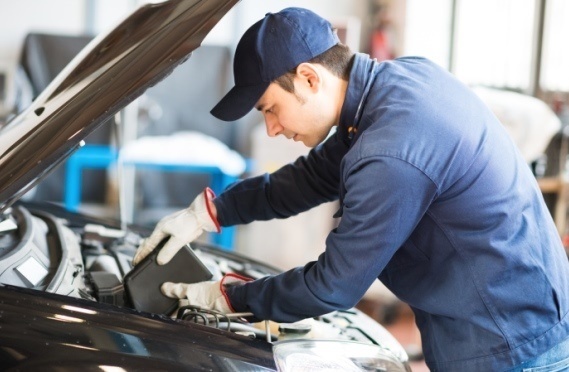
Dennis Davis says,
Thanks for the tips
Bo says,
No one mentioned that some cars “sports cars” come with different size tires front versus rear. So pay attention when inflating…and dont get ripped off by being charged for a rotation, when its impossible to do so…
Ken Titus says,
How often should you have your tires alighned?
Bill Mahelona says,
I use a Firestone lifetime alignment warranty. That way I can have my car checked every 6 months or after a hard pothole hit. I costs about $200, but it’s worth it if you plan to keep your car for awhile.
Stan Zlotnick says,
Great information. I only wish it was more detailed. I love reading about that kind of “What you need to know”. Is there a newsletter from GEICO with these kinds of hints? Please let me know. I am a very satisfied client of yours for more than 20 years. Thank You!
NC GEICO MAN says,
Sometimes the customer knows MORE than the car maker. I always rotate and balance my tires at 5K miles and whenever I see my tires look flat, i’ll check the pressure with a gauge and if needed, add air.
modesto dia says,
Very helpful. Thank you.
Jea says,
Thank you for all the comments for the corrections to nbr two. Good to note.
John says,
MYTH #2, as written here, is factually, NOT TRUE!!!! My Dad was a chief Tire Engineer at a major tire manufacturer for many years. DON”T BELIEVE THIS SO-CALLED MYTH BUSTER!!!! The recommended tire pressure that is posted on your vehicle is strictly based upon the specific tires the vehicle came with -ONLY-. When you buy new tires…everything then changes. The brand, sizes, construction, ply…etc is ALL DIFFERENT, and as such, your vehicles recommended pressure is no longer accurately valid. It is insane to think that this tire pressure would remain the same when you have very different tires with very different constructions. Proper tire inflation should be done when the tires are cold (Not driven on), and the right pressure is 4-5 Lbs psi less than the maximum listed on the tire, to allow for air/heat expansion. This inflation gives your tires the maximum possible wear. Less air results in faster wear of the outer edges, more air results in faster wear of the center. Following the vehicles recommended air pressure is wrong if you have purchased new or different tires from the original (OEM) tires. All tires are built differently !!!
Rod says,
Also note that the ideal tire pressure may vary depending on how that ideal is adjudged, i.e. maximize tire wear, provide most effective traction under varying conditions, or what the vehicle manufacturers usually go with, make the gentlest ride for passengers. It is not unusual to have slight differences in “ideal” tire pressure for the same application.
modesto dia says,
John, you’re right, not all tires can be inflated the same way. As a senior driver, I know this from experience. Thank you for sharing your knowledge.
colsteve says,
As to the information on the car’s door for tire inflation. That is fine for the OEM tires which are minimally safe as compared to many after market options, especially using the load ratings C to E which are the old equivalents of ply ratings. I have queried many a tire shop and I am told that the information on the tire is the one to be concerned with. All tires have different inflation values and the higher the inflation be sure to change to metal valve stems rather then the rubber ones. The rubber ones may burst under high pressure and loads. Be aware of this especially if you tow or have a cab over camper. For light trucks used for work or recreation use the LT rated tires at the very least. RV and tow trailer tires(ST) are stronger on the sidewall, weak on the treads but are not usually made to last past 5 years. Buy American made ST tires! regardless of mileage.
Jose Soto says,
I agree, we purchased new 2017 Chrysler Pacifica and I noticed the tire pressure of our mini van was set at 46 psi. I was first alarmed knowing that most cars and some trucks are set at a high of 37 psi at the dealership with a 44 psi limit. However, this Pacifica of ours on the tire wall indicates a high setting limit of 51 psi (KUMHO, Solus TA31 235/65R 17 104H tire). I was glad to know the tires installed on our new van were not the low profile type, which looks cool, but not practical when carrying heavy loads.
charliehutch says,
For the last ten years or so the tire industry and bad physics has lead you to believe that nitrogen in your tires is better than air. But like I just said that has NO basis in physics at all.!
Instead its bad for your wallet !!
The Auto industry has sold you a bill of goods in telling you your car will run ‘better’ with higher octane gasoline. Fact is lower octane gas cannot harm your engine because modern engines have ‘knock sensors’ that retard ignition timing it there is a knock due to octane. medium and lower octane at the pump is ‘adjusted for’ by you engines Electronic Control Module. So the higher octanes only hurt your yep again wallet.!
Having ‘valve cleaner’ put into your engine at your ‘repair shop’ does essentially NOTHING for your valves! But it does help kill the mechanic and destroy the environment!!
I’m a mechanic for 35 years who contrarily gave the straight scoop to his customers. that’s how I know.
NATHLYN HEMMINGWAY says,
Thank you very much for you willingness to give the straight scoop. We need more of that especially in the world of car mechanics
A.J. Margotta says,
I have an auto mechanic / Tech now for over 40 some years & have to dispute some of this.1st chemical additives which were listed above is mostly called carb or fuel injection cleaner.And yes it will not clean the back of the valves but it will clean valve fronts which are on the inside of the combustion chamber,along with the whole combustion chamber & the injectors some & if used often enough ,say every other regular oil chance WILL help keep the above listed components cleaner & functioning better.But remember you must use a good product not some cheap brand as the betters ones are stronger ounce for ounce.To help clean the back sides of valves, intake plenum, throttle bore etc.one must do an upper induction system cleaning & this is best done by the professional as there are some pit-falls that one can get into if not familiar with how to do this and possible major engine damage can result from performing it improperly. I do agree with other listed info in his post though.This is my 2 cents.
JohnG says,
Remember Firestone & the Ford Explorer Lawsuits?!? When tires were inflated to the Explorer’s recommended pressure as listed on Ford’s information sticker, the tires did not have enough pressure to support the tire’s sidewalls. This was a contributing cause to several FATAL rollover accidents when the tire’s sidewalls collapsed and the bead (or seal) to the tire rims separated. If you check your tires at every time you get fuel and keep the tires pressure just below the tire’s Manufacturer’s maximum pressure for the tires loading; or whenever there is a big change in the weather (ie air tempurature swing); you tires will last longer, will be adjusted current weather conditions and be safer. This is especially true of tires that are not original vehicle equipment. Ref. Consumer Reports Magazine & Car&Driver.
charliehutch says,
A good estimate to use when comparing tire pressure to air temperature is for every 10 degrees F, tire pressure will adjust by 1 psi. For example, if the outside air temperature increases 10 degrees, the tire pressure will increase by 1 psi.
also tire pressure does not increase much between ‘cold’ tires and ‘warm’.. (after driving)
on weight and tire pressure;
The equation you are looking for is the ideal gas law:
PV = nRT
P = Pressure
V = Volume of the container
n = The amount of gas
R = 8.314472
T = Temperature of the gas in the container
Solving for P you get:
P = (nRT)/V
simply the volume of the tire is what will effect the pressure so tires that start with 50psi in a empty truck after loading a ton may increase to 52 psi.. is all.
Ann Pichardo says,
I am very appreciative of the tire info. I want to learn how to use a tire pressure checker, how would I learn to use one?
Sharon K Richards says,
Try the clerks in an auto supply store like NAPA. I have found that clerks in these stores are friendly and a wealth of knowledge.
If you have Internet access, go to Youtube.com and search on “Tire pressure gauge” there are several youtube videos there to assist.
Adrienne says,
We’re having some really crazy weather here in the DMV area…35 degrees one day and 70s the next and anywhere in between. How does this affect tire pressure and should I check more often?
Phil says,
There are times when the tire pressure sensors fail, and dash light stays on all the time. I check my Pontiac Vibes tire pressure to ensure all pressures are the same, yet the dash
light remains on.
Volvonomics says,
Yes, sometimes the TPMS sensor goes bad.
Sometimes they are missing altogether.
If the car is “new” to you and haven’t changed tires yet, there’s a possibility that previous owner had the sensor replaced with an ordinary valve.
Ask me how I know 😉
Another time:
A local tire shop changed a faulty one with an aftermarket, and programmed it for $20.
And that was on a Volvo.
Jim says,
people forget that the tire pressure sensors are also located in the SPARE tire if the car comes with one and should also be checked for proper pressure then the dash light will go out
debbie says,
I pray that the car companies do NOT go to run flats only. Thank goodness I have an insurance policy on the tires as they are VERY expensive to purchase and they are one of the worst tires I have ever had to use. My car is built for the run flats so i cannot even take them off and purchase regular tires. To me it a way for car companies to, yet again, rip off the consumer. They are the worst tires if you live in a state that has winters. Hit one pot hole and you get a bubble on your tire which means it needs to be replaced. You take it in and they tell you that you should replace 2 instead of just one so the car is even and then you tell them you have an insurance policy and it only costs you $50 as opposed to at least $800 and then they say one is good enough. NEVER pick run flats….